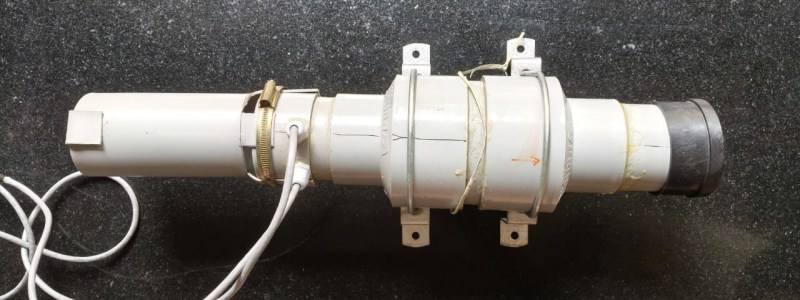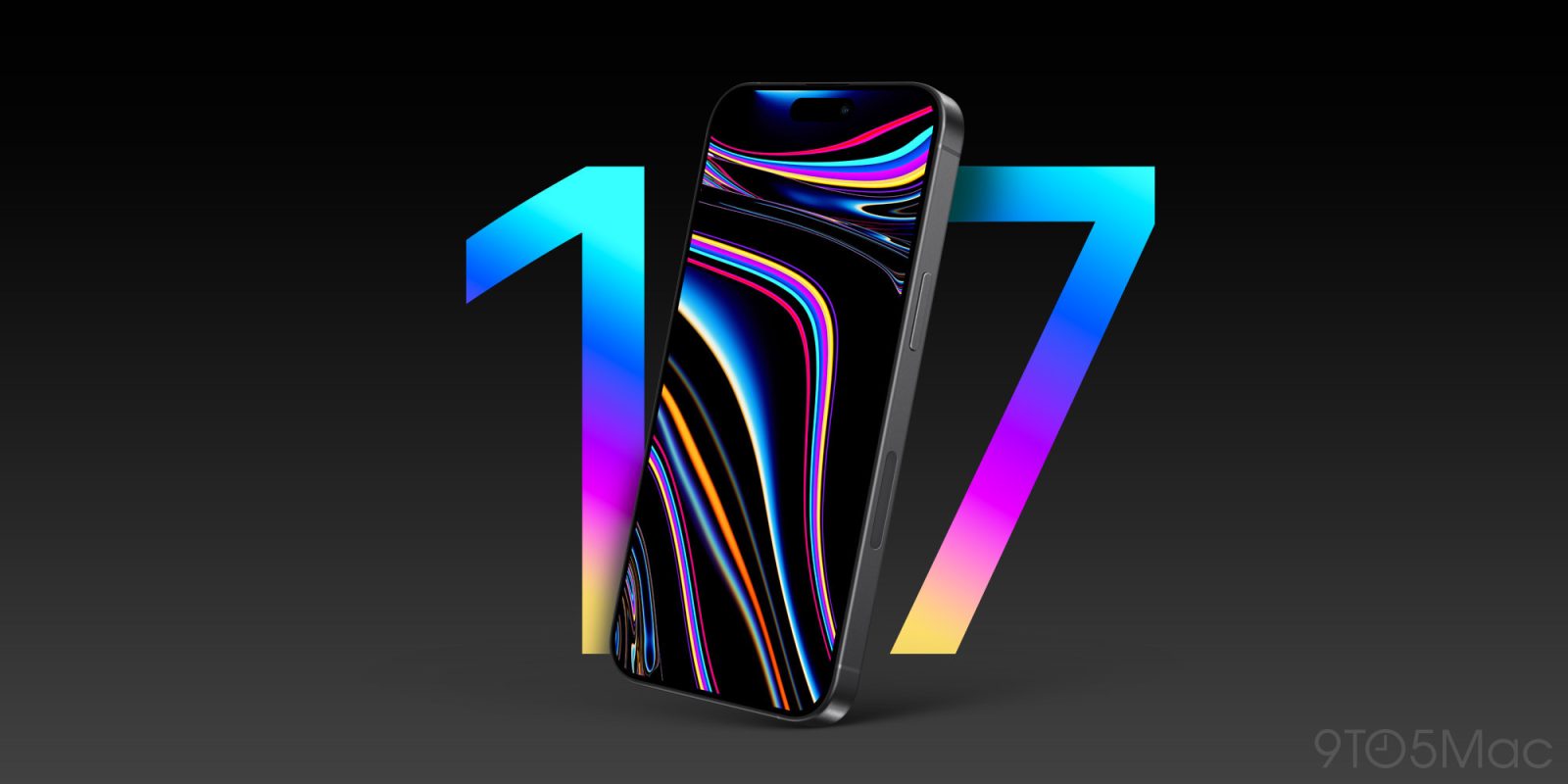When are new Apple Watches coming out? Here’s the latest
Things have been quiet on the Apple Watch front lately. Too quiet. In fact, sales are down for the second year in a row, and just last quarter, Xiaomi overtook Apple to become the top wearable brand worldwide.
The good news is that the Apple Watch line is due for a refresh. Here’s what’s coming.
Apple Watch SE 3It’s been almost three years since Apple announced the Apple Watch SE 2. It kept the same overall design from the original SE, got a 30% larger display, and gained the S8 SiP processor, giving it a 20% performance bump. This September, Apple is expected to announce its successor.
Hardware and software
While rumors have been circulating for the better part of the last several months about Apple replacing the current aluminum case with a “rigid plastic” case, these plans seem to have been shelved.
While there haven’t been leaks regarding an increase in case or screen size, it would make sense to expect the options to go from 40/44mm to the current 42/46mm, or a bezel reduction, which would give it more screen real estate while maintaining the footprint.
Expect also a SiP upgrade, bringing it on par with the upcoming Series 11 lineup, a much welcome upgrade against the current Series 8-era S8 SiP for the SE 2.
Price
Alongside the material change rumors, there had been rumblings about Apple lowering the price of its entry-level watch. However, that seems unlikely, given the recent tariff turmoil and the apparent reversal of Apple’s plans to change the material.
It would be safe to expect the Apple Watch SE 3 to start at the same as the current version, if not a tad above that, in case Apple decides to send the Apple Watch SE the way of the iPhone SE, and introduce a more expensive entry-level Apple Watch Series 11e.
Apple Watch Series 11
2024 saw the 10th anniversary of the Apple Watch announcement. However, 2025 marks the 10th anniversary of its release. This gave Apple two opportunities to release a 10-year anniversary edition of the Apple Watch, and the company has already skipped the first. This September, it might skip the second.
To be fair, it looks like Apple did have a plan to release a 10th-anniversary Apple Watch band, but the company seems to have given up on that as well.
Hardware and software
Currently, it looks like any significant changes to the next generation of the main Apple Watch line should come from within. Alongside a predictable S11 SiP chipset update, the Apple Watch Series 11’s biggest draws should be software rather than hardware-focused.
Apple is slated to debut an AI-based health coach that will use data collected by the Apple Watch and from other sources to offer a comprehensive, tailor-made health guide. At the same time, watchOS 12 is expected to adopt the same visual cues that iOS 19, macOS 19, and iPadOS 19 seem to be destined to adopt from visionOS.
As for dimensions, a size increase doesn’t sound likely, as the current 42/46mm options already feel too large for some customers, but don’t rule out a small bezel shaving for a few extra pixels in screen dimensions.
Price
Just like with the Apple Watch SE, it would be wise to bet on similar-if-not-slightly-higher price points to make up for the uncertainty surrounding tariffs. The current Apple Watch line starts at so don’t expect anything below that.
Apple Watch Ultra 3
Last year, while many expected Apple to announce an Apple Watch Ultra 3, it announced a satin black option for the Apple Watch Ultra 2. This September, though, it might be different.
Hardware and software
There have been no reports about Apple planning to move away from titanium with the new Apple Watch Ultra. So, like the Apple Watch Series 11, this year’s update will probably rely on new features as a differentiator from its predecessor.
According to leaks by Mark Gurman, the next-generation Apple Watch Ultra is slated to get 5G connectivity, as well as high blood pressure detection.
The latter, it seems, will work in the same way as Apple currently measures body temperature and sleep apnea: instead of offering real-time data, it offers a rough trend overlook and warns the user when something seems off.
Also, Apple is working to add independent satellite messaging to the Apple Watch Ultra 3, which will definitely be a welcome addition to those who live up to the Ultra’s sales proposition.
Price
The Apple Watch Ultra 2 currently starts at which is quite pricey. There’s no sign Apple plans to lower the price, and given the risk of surprise tariffs, it’s unlikely they’ll raise it either.
This model is probably the most stable in the lineup when it comes to pricing, but if there is one thing we have learned these last few months, it is that nothing is set in stone.
Are you in the market for a new Apple Watch? Have you been holding off on buying one until new versions are announced? Let us know in the comments!
Best Apple Watch deals currently on Amazon
Add 9to5Mac to your Google News feed.
FTC: We use income earning auto affiliate links. More.You’re reading 9to5Mac — experts who break news about Apple and its surrounding ecosystem, day after day. Be sure to check out our homepage for all the latest news, and follow 9to5Mac on Twitter, Facebook, and LinkedIn to stay in the loop. Don’t know where to start? Check out our exclusive stories, reviews, how-tos, and subscribe to our YouTube channel
#when #are #new #apple #watchesWhen are new Apple Watches coming out? Here’s the latest
Things have been quiet on the Apple Watch front lately. Too quiet. In fact, sales are down for the second year in a row, and just last quarter, Xiaomi overtook Apple to become the top wearable brand worldwide.
The good news is that the Apple Watch line is due for a refresh. Here’s what’s coming.
Apple Watch SE 3It’s been almost three years since Apple announced the Apple Watch SE 2. It kept the same overall design from the original SE, got a 30% larger display, and gained the S8 SiP processor, giving it a 20% performance bump. This September, Apple is expected to announce its successor.
Hardware and software
While rumors have been circulating for the better part of the last several months about Apple replacing the current aluminum case with a “rigid plastic” case, these plans seem to have been shelved.
While there haven’t been leaks regarding an increase in case or screen size, it would make sense to expect the options to go from 40/44mm to the current 42/46mm, or a bezel reduction, which would give it more screen real estate while maintaining the footprint.
Expect also a SiP upgrade, bringing it on par with the upcoming Series 11 lineup, a much welcome upgrade against the current Series 8-era S8 SiP for the SE 2.
Price
Alongside the material change rumors, there had been rumblings about Apple lowering the price of its entry-level watch. However, that seems unlikely, given the recent tariff turmoil and the apparent reversal of Apple’s plans to change the material.
It would be safe to expect the Apple Watch SE 3 to start at the same as the current version, if not a tad above that, in case Apple decides to send the Apple Watch SE the way of the iPhone SE, and introduce a more expensive entry-level Apple Watch Series 11e.
Apple Watch Series 11
2024 saw the 10th anniversary of the Apple Watch announcement. However, 2025 marks the 10th anniversary of its release. This gave Apple two opportunities to release a 10-year anniversary edition of the Apple Watch, and the company has already skipped the first. This September, it might skip the second.
To be fair, it looks like Apple did have a plan to release a 10th-anniversary Apple Watch band, but the company seems to have given up on that as well.
Hardware and software
Currently, it looks like any significant changes to the next generation of the main Apple Watch line should come from within. Alongside a predictable S11 SiP chipset update, the Apple Watch Series 11’s biggest draws should be software rather than hardware-focused.
Apple is slated to debut an AI-based health coach that will use data collected by the Apple Watch and from other sources to offer a comprehensive, tailor-made health guide. At the same time, watchOS 12 is expected to adopt the same visual cues that iOS 19, macOS 19, and iPadOS 19 seem to be destined to adopt from visionOS.
As for dimensions, a size increase doesn’t sound likely, as the current 42/46mm options already feel too large for some customers, but don’t rule out a small bezel shaving for a few extra pixels in screen dimensions.
Price
Just like with the Apple Watch SE, it would be wise to bet on similar-if-not-slightly-higher price points to make up for the uncertainty surrounding tariffs. The current Apple Watch line starts at so don’t expect anything below that.
Apple Watch Ultra 3
Last year, while many expected Apple to announce an Apple Watch Ultra 3, it announced a satin black option for the Apple Watch Ultra 2. This September, though, it might be different.
Hardware and software
There have been no reports about Apple planning to move away from titanium with the new Apple Watch Ultra. So, like the Apple Watch Series 11, this year’s update will probably rely on new features as a differentiator from its predecessor.
According to leaks by Mark Gurman, the next-generation Apple Watch Ultra is slated to get 5G connectivity, as well as high blood pressure detection.
The latter, it seems, will work in the same way as Apple currently measures body temperature and sleep apnea: instead of offering real-time data, it offers a rough trend overlook and warns the user when something seems off.
Also, Apple is working to add independent satellite messaging to the Apple Watch Ultra 3, which will definitely be a welcome addition to those who live up to the Ultra’s sales proposition.
Price
The Apple Watch Ultra 2 currently starts at which is quite pricey. There’s no sign Apple plans to lower the price, and given the risk of surprise tariffs, it’s unlikely they’ll raise it either.
This model is probably the most stable in the lineup when it comes to pricing, but if there is one thing we have learned these last few months, it is that nothing is set in stone.
Are you in the market for a new Apple Watch? Have you been holding off on buying one until new versions are announced? Let us know in the comments!
Best Apple Watch deals currently on Amazon
Add 9to5Mac to your Google News feed.
FTC: We use income earning auto affiliate links. More.You’re reading 9to5Mac — experts who break news about Apple and its surrounding ecosystem, day after day. Be sure to check out our homepage for all the latest news, and follow 9to5Mac on Twitter, Facebook, and LinkedIn to stay in the loop. Don’t know where to start? Check out our exclusive stories, reviews, how-tos, and subscribe to our YouTube channel
#when #are #new #apple #watches
















